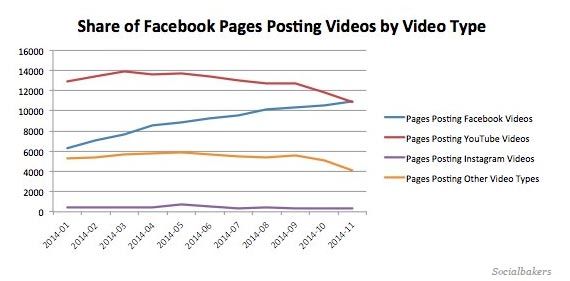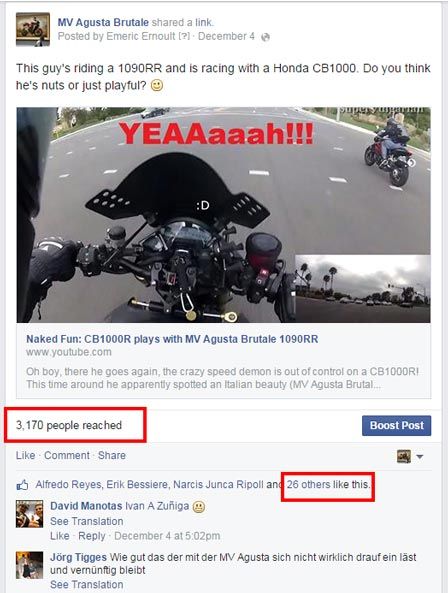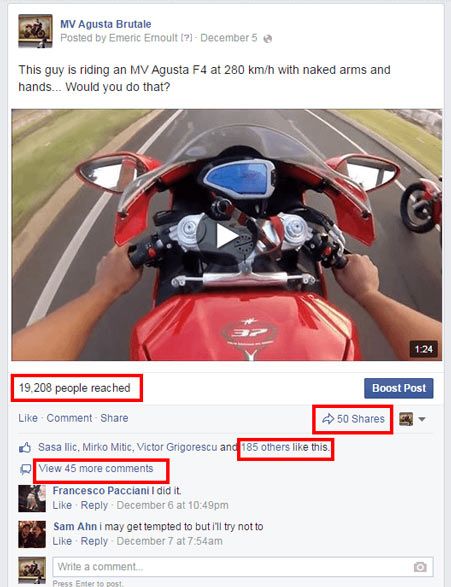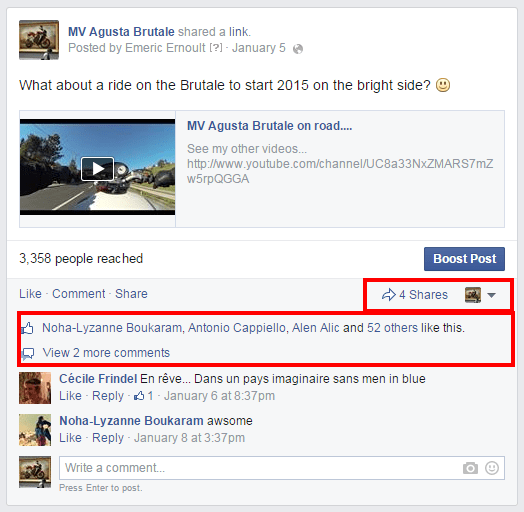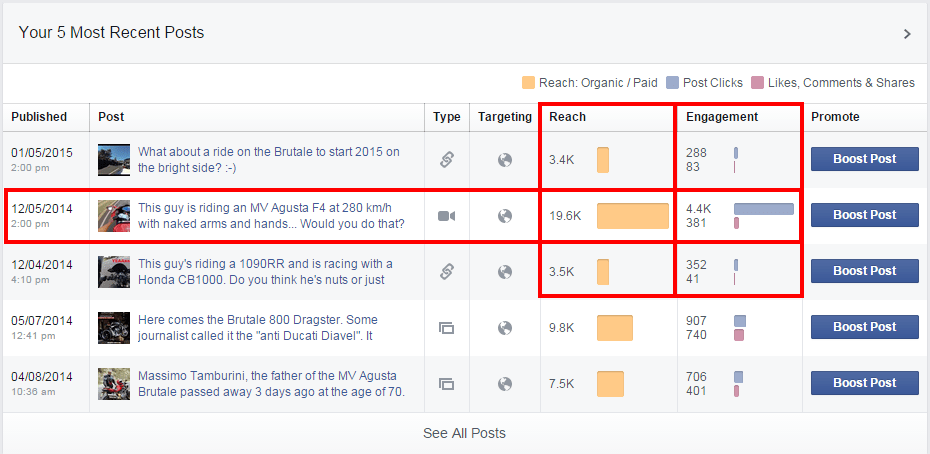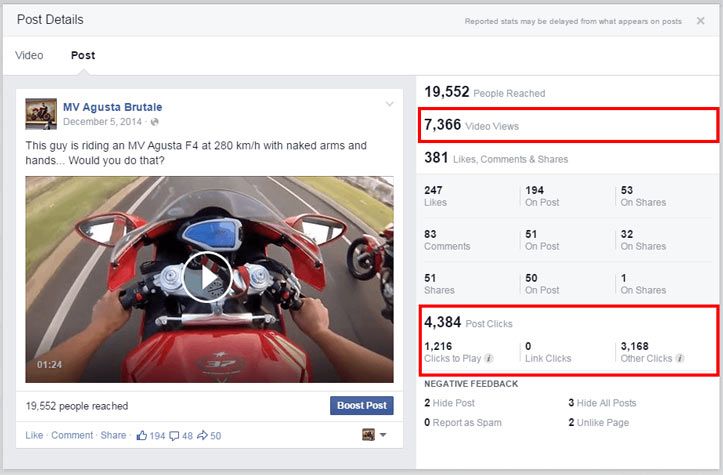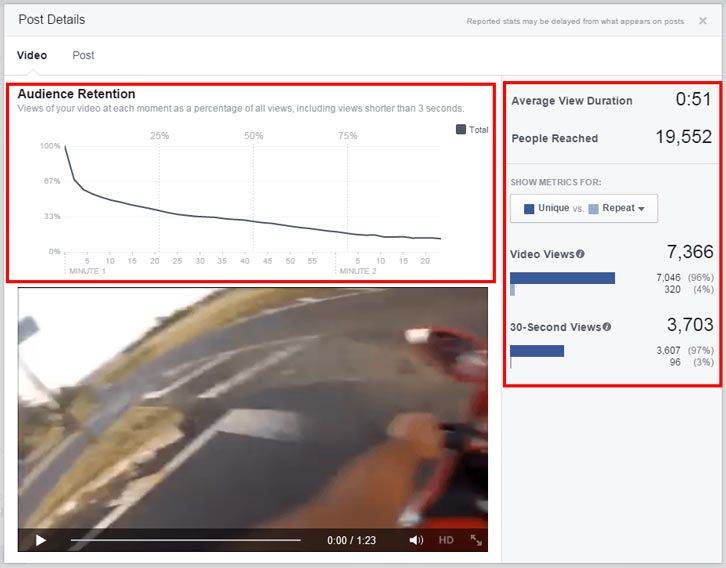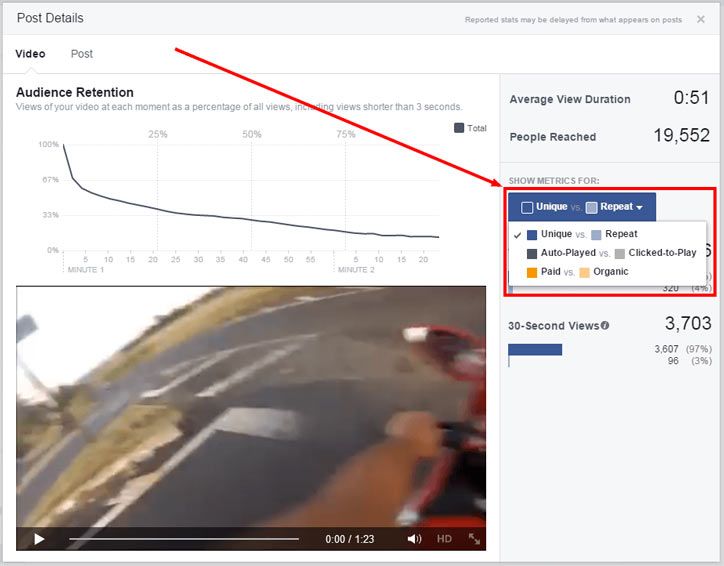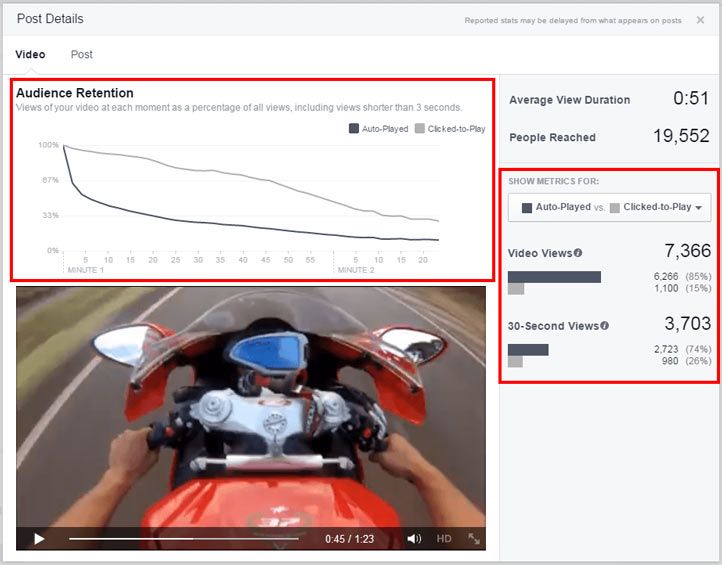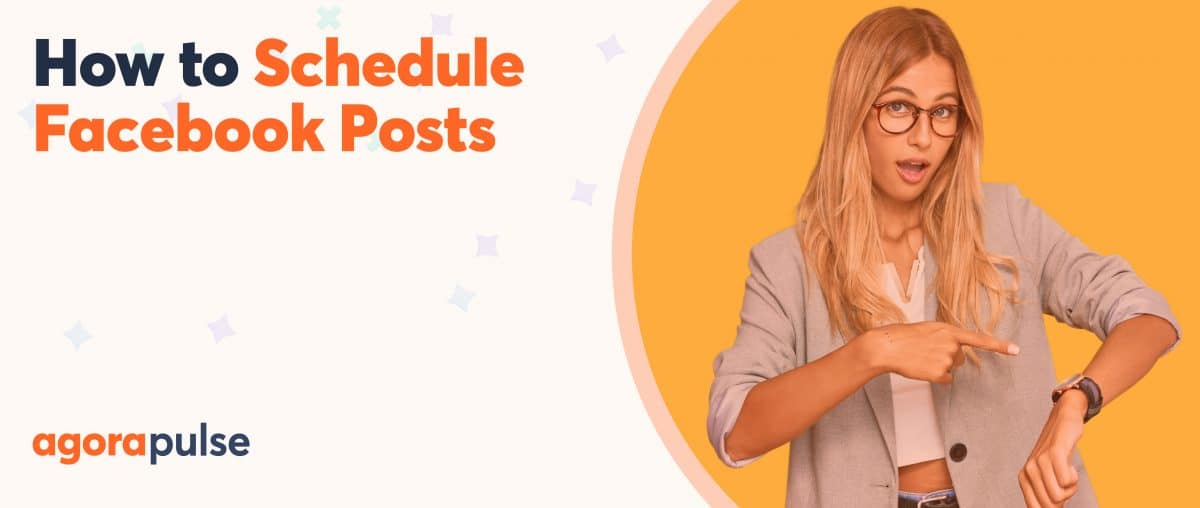‘How to make a viral video’ is among the highest queries on Google. It’s like the Holy Grail of video marketing. Get it right and you’ll get a ton of views, awareness and engagement, all for free.
But, where should you host it?
Despite its cons (poor customization options and ads overlay), video marketing experts still agree that YouTube is the best place to get the most exposure, though, the ideal tactic may be hosting your videos on YouTube and your website. Now there’s one more thing to consider.
Facebook is still the King of social and the place where great content goes viral.
What are the essential basics for making your video go viral on the world’s largest social network? We’ve done the research and conducted the tests and that’s the question we’ll be answering in this article. The details blew us away!
Native, links or hosted?
The first question that comes to mind: “should I upload my video on Facebook, or share a link from the site that hosts it (YouTube, Vimeo or my own website)?”
[Tweet “Where should you host your video to go viral: YouTube or Facebook? Let’s find out!”]
I bumped into this very question on my newsfeed recently:
The answers (all from serious Social Media professionals and members of the Social Media Managers private Facebook group) suggest uploading the video on Facebook provides better results than sharing a YouTube link. What’s missing in their responses is the magnitude of that difference.
I conducted a thorough test on a page I manage a couple of weeks ago, and the results took me aback!
YouTube vs. Facebook, who’s winning the race?
Let’s look at the big picture.
Early on, Facebook beat all existing photo sharing platforms (Flickr etc.) and quickly became the top site for photo sharing. The next media format Facebook hungered to dominate was video.
In the early days, the videos on Facebook were really YouTube’s. Copying a YouTube video link on a Facebook post would conveniently display a thumbnail with a play button and the video would start to play right in the newsfeed.
Then Facebook launched their native video capabilities, and they’ve been pushing it strongly ever since, favoring native videos to YouTube links.
For the first time in November 2014, the share of video posts uploaded directly to Facebook overtook YouTube video links on Facebook:
The same is true for Facebook pages sharing videos:
[Tweet “In November 2014, Facebook native videos overtook YouTube links”]
Video views and engagement, Facebook: 1, YouTube: 0
OK, there’s more and more native videos on Facebok and less YouTube videos. What’s the difference for Facebook page managers like you and me?
To find out, I decided to conduct a test on a page I manage. It’s a Facebook page dedicated to a motorbike model, the MV Agusta Brutale, a famous Italian bike brand (the Harley of Italy), and happens to be one I own 🙂
I picked out 2 videos on YouTube about MV Agusta bike rides. The topic is the same for each, as is the potential to catch this audience’s interest.
I posted the first video as a link to the YouTube video, and this is how it appeared on the page:
The first thing I noticed is that it appeared as a link, not as a video. No “play” button here. I wondered if that was a bug or if it was intentional, so I posted it several times on different pages that day, and the “play” button never appeared.
In the end, I got a little reach, but not a lot, and some engagement.
Note: this topic (2 crazy guys racing like bats outta hell on a public road), is usually a big hit.
The next day, I downloaded the second YouTube video on my computer using a free YouTube video downloader. Then I uploaded it natively on Facebook. Here’s how it appeared on the page:
Both video posts have a large visual, you can see the action (someone driving a bike) and the descriptions are both attractive (to this audience, at least).
The only real differences in appearance are:
- The native Facebook video has a play button
- The YouTube video has an additional title and description (which looks very click worthy by the way)
But when you look at the results, the difference is staggering:
- The native Facebook video reached 19,208 people / The YouTube link only reached 3,170!
- The native Facebook video got 50 shares / The YouTube link got 4
- The native Facebook video got 185 likes / The YouTube link got 26
- The native Facebook video got 47 comments / The YouTube link got 2
Wow!
We’re seeing a 1 to 6 ratio for reach and 1 to 10 for engagement. That’s not a gap, it’s an abyss!
I was a bit taken aback by the result, and I couldn’t help but wonder if it was due to the missing play button on the YouTube link, so I conducted another test one month later. This time, weirdly enough, the visual aspect was totally different, it looked like this:
As you can see, it’s back to looking like the YouTube link posts of old: much smaller caption on the left, with a play button, and title/description on the right.
But, look at the results too: that video didn’t reach more people than the previous YouTube video, and the engagement is not very different.
Conclusion: It’s not the play button.
Digging a little more in the metrics
Now let’s look at the insights:
Reach
The first thing that’s pretty clear is that the native Facebook video beats the YouTube link on reach in all situations. It does not only beats it, it crushes it.
This page has 23,000 fans, so the YouTube links reached the equivalent of 13% of the fan base, not too bad according to 2015 standards, but definitely not through the roof.
On the other hand, the Facebook native video reached 85% of the fan base. Yes, you read that well, 85% with one single post.
Did someone say ‘free Facebook reach is dead’? Naaaaaaah!
[Tweet “Your content can still get 85% organic reach on Facebook. This is how you do it.”]
Engagement & clicks
But reach is only one of the interesting aspects of this test. Engagement is even more interesting.
While the YouTube links got 41 and 83 likes, comments and shares respectively, the Facebook native video got 381 engagements. It’s 4.5 times more than the best performing YouTube link, and 9 times better than the least performing one.
But, the biggest difference comes from the clicks (mostly the video views).
The first YouTube video (the one that looked like a link) got 907 clicks.
The second YouTube video (the one that had the play button) got 288 clicks.
The native Facebook video got an astounding 4,400 clicks. We’re talking 15 times more clicks than the YouTube video with a play button. That’s 1500% more!
At this point, you’re probably thinking: “OK, I get it. Shut up and take my ‘like'”.
But it gets even more interesting from here…
The real reason Facebook native videos are favored over YouTube links is…
If you look at your insights after sharing a YouTube video, Facebook shows you “link clicks”. Not video views. Facebook is treating this as a link.
Did they click on the play button? Who knows.
Did they click on the link to YouTube then watch the video? Maybe? Maybe not?
These are the kind of insights you get when you post a native video on Facebook:
You can actually see the number of times the video was viewed, as well as the number of “click to play” on the video itself.
The difference between the 7,366 video views and the 1,216 ‘clicks to play’ metrics is likely due to the autoplay feature on the newsfeed. Not what most marketers are looking for, but this correlation still provides great insight.
So, you think these insights are much better, right? Here comes the best part.
Here’s what you’ll see when you click on “video” in the upper left corner of that pop-up:
Eye candy!
First you see the average view duration. 51 seconds on average out of a 1:23 minute video, not bad.
This metric can tell you a lot about your ideal length, or how engaged are your viewers with your video.
It also shows you the number of repeat views. Are users craving to watch it again? That’s a great sign of success.
Click on that drop-down menu. You’ll access even more insightful data:
Now you can see all the incredibly useful stats for unique vs. repeat, auto-play vs. clicked-to-play and paid vs. Organic!
This is how mine looked for auto-play vs. click-to-play:
As you can see, watch time drops very quickly on auto-play yet remains pretty good on the click to play metrics, at least until the 45 seconds mark.
If I had promoted that video, I would also have had the chance to check if my paid views were doing better or worse than my organic views. Very interesting information!
Conclusion: if you want your videos to go viral on Facebook, don’t post YouTube links
You get the point, much higher engagement, many more shares (and more viral effect), much higher overall reach, Facebook native videos will always crush YouTube videos. So if you want yours to go viral, post it natively on Facebook.
[Tweet “if you want your videos to go viral on Facebook, don’t post YouTube links”]
Also, if you want to measure your success, learn from your results and iterate for the next video, the insights you’ll get for a YouTube video just won’t cut it. You’ll need much deeper insights and only a native Facebook videos will give you access to that.
Facebook has definitely decided that it wants to favor videos uploaded directly on Facebook vs. YouTube videos. Just take advantage of it!



